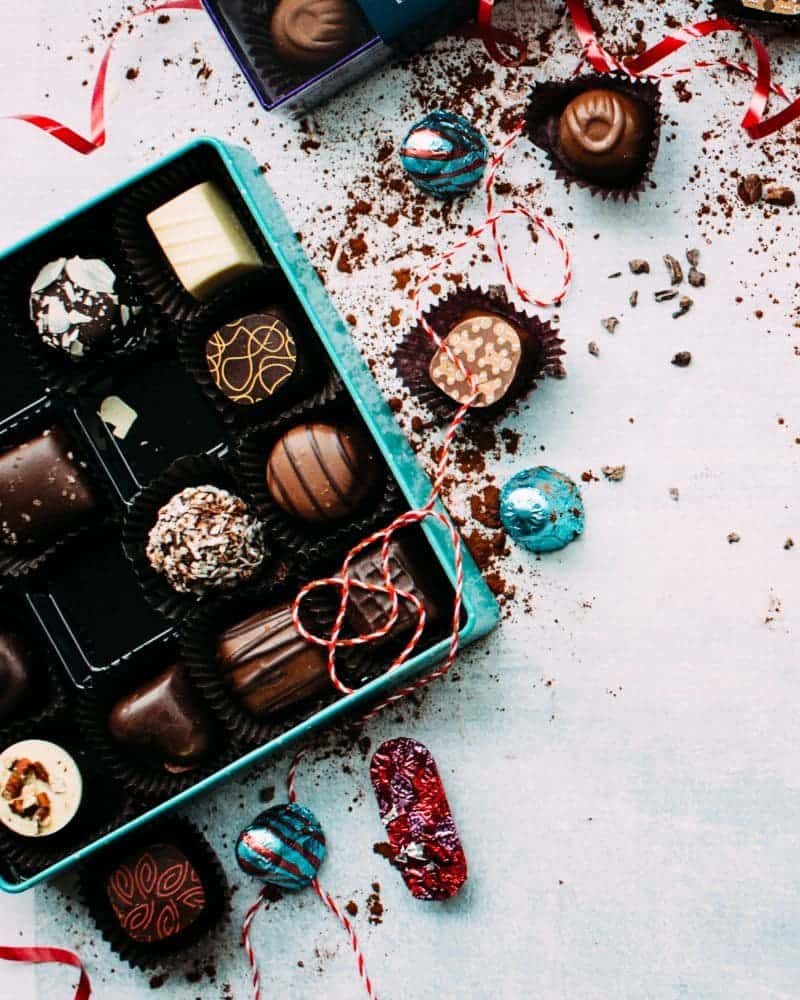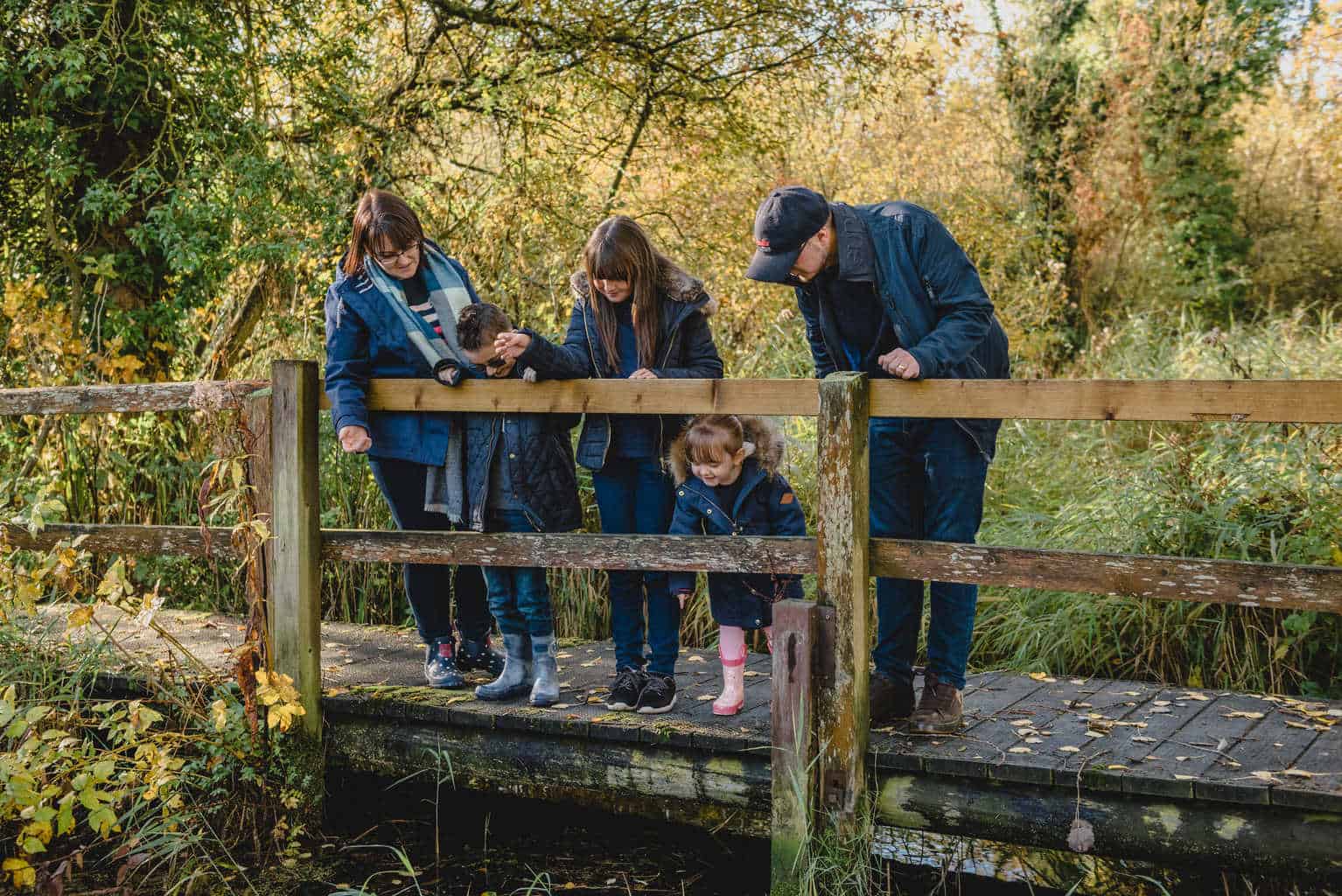With Christmas just around the corner, now is the perfect time of year to beat the drum for chocolate, claiming it once and for all, if not as a health food, then at least as a superfood. But there’s no need to take our word for it – the research speaks for itself. From Weight Watchers to The Telegraph, Mother Earth News to BBC Science Focus, there’s one thing they can all agree on: Chocolate is good for us!

Good and bad chocolate
Of course, there’s a huge difference between ‘good’ and ‘bad’ chocolate and this is where the problem starts. ‘Good’ dark chocolate with a higher cocoa percentage (70% or more) has more flavonoids, which add to the pigment and offer proven health benefits that can manifest themselves in all sorts of ways, including:
- Lowering blood pressure and decreasing ‘bad’ LDL cholesterol levels, thus helping to lower the risk of cardiovascular disease
- Increasing blood flow through the body, including in arteries and the heart
- Lowering the risk of blood clots and reducing the risk of suffering a stroke
- Helping to reduce memory loss in older people and aiding recovery for brain injuries
- Boosting mood due to increased serotonin and endorphin levels
- Supplying minerals including magnesium, potassium, zinc, selenium and iron that are vital to our body’s proper functioning
What’s more, dark chocolate has been hailed as a stress reliever, a sun skin protector, an aid to weight loss and even to prevent diabetes. It’s also good for the soul, it is rumoured.
The higher the chocolate percentage, the darker and more intense (but less sweet) the taste will be due to lower amounts of sugar being added. Good quality dark chocolate with 80% or more cocoa often has a bitter taste and tends to be used for baking rather than eating.
‘Bad’ chocolate, on the other hand, has no health benefits. Poor quality chocolate contains a low percentage of cocoa solids or, as in the case of white chocolate, none at all. The production of commercial milk or white chocolate typically uses a blend of cocoa butter, sugar, milk solids, fat and a variety of food additives and preservatives. An unhealthy food at Christmas or any other time, this type of chocolate is high in calories, saturated fat and sugar and should really be avoided.
Testing for quality
If you want to make sure that you only consume ‘good’ chocolate, the first thing to do is to check the label for the cocoa content. However, there are other ways to test for quality that doesn’t require a degree in food label decoding – you just need to use your senses. Here’s how:
- The Sight Test
Good chocolate should have a glossy appearance with no blemishes or bubbles. If you can see white or grey areas, cloudy spots or swirls of discoloration, it may be an indication of incorrect storage or poor production methods. - The Sniff Test
Good quality chocolate should have a rich chocolate aroma. Chocolate can soak up scents from other items, so improper storage may affect the smell. Gently touch the chocolate to release the aroma and check for a silky (not sticky) texture at the same time. - The Snap Test
The sound of chocolate as you break it is a key indicator of its quality. Good quality chocolate should break with a clean, sharp snap. Poorer quality chocolate, including milk and white chocolate, tends to bend before it breaks because of the higher sugar and milk content. When it does break, it has a dull sound or simply crumbles. - The Taste Test
The flavour of the chocolate bar is determined by the quality of the cocoa beans, the manufacturing process and the skill of the chocolatier. Place a small piece on your tongue to experience the full depth of flavour. Does it feel smooth and velvety, or gritty and waxy? Quality chocolate should melt quickly in the mouth and the taste should stay with you for some minutes after you’ve finished eating.
Making your own chocolate
The best way to learn about chocolate is, of course, to make it yourself. That way, you can really appreciate the journey from bean to bar to mouth. Did you know that the humble cocoa bean has to undergo a variety of complex and delicate processes before it’s even ready to be used as a raw ingredient for making chocolate as we know it?
Chocolate making classes and workshops are springing up all over the place to teach us the art of creating handcrafted cocoa delights such as Belgian chocolates, pralines and chocolate truffles made from melted cocoa.
As workshops go, this has to be one of the most gratifying activities you could possibly sign up to. Imagine spending an afternoon, or even a whole day, immersed in the world of a chocolatier. It’s an indulgent gourmet chocolate experience with plenty of opportunity for hands-on learning. Master the fine art of creating gooey truffles or crunchy praline and create fabulous handmade delicacies to take home. Then eat in moderation, knowing that it’s good for your health.
This is a featured article from Mike James. Mike James is an independent writer working with UK Experience Day and chocolate workshop specialist Into the Blue.






















No Comments